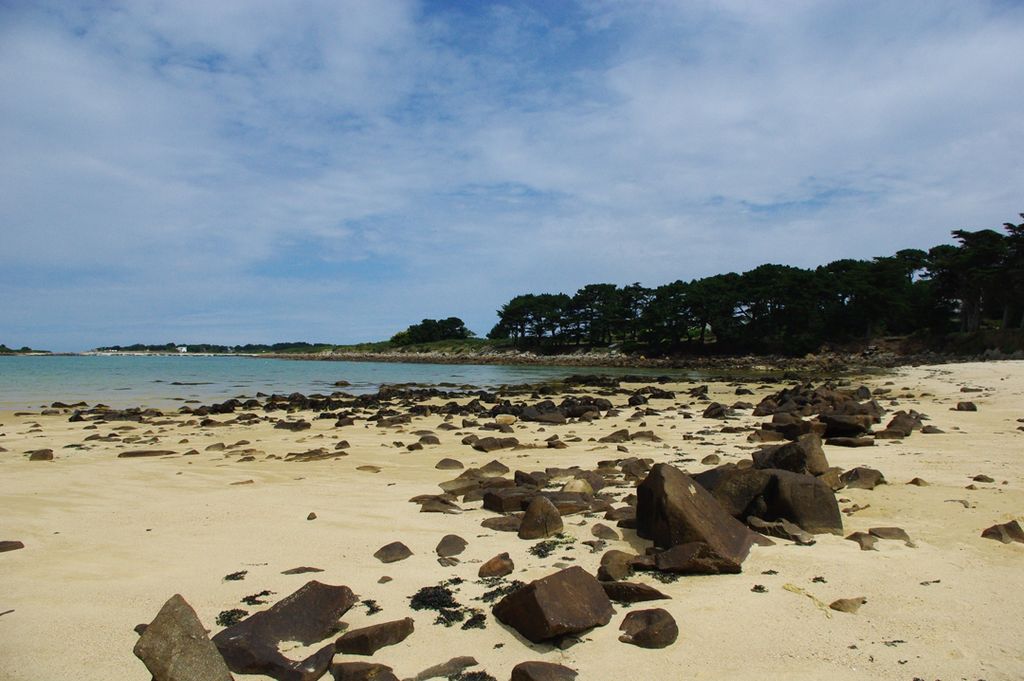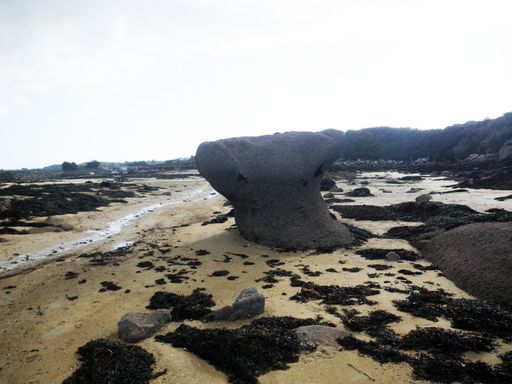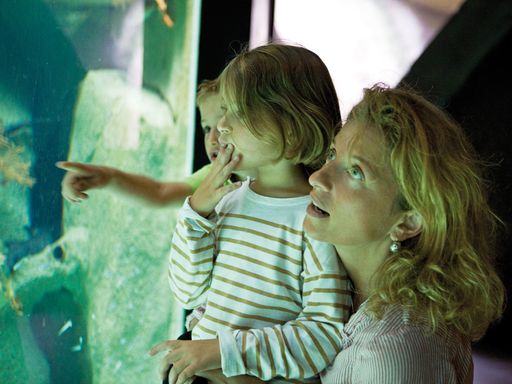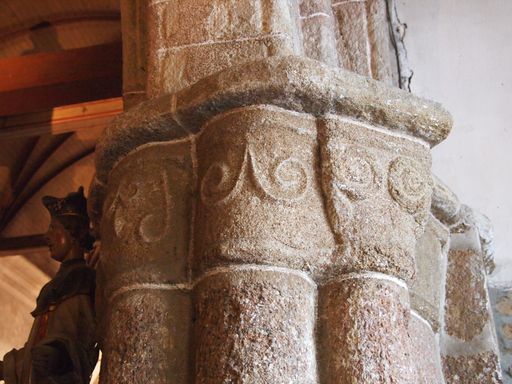
Keryvon
Pleumeur-Bodou



About
Walking along the beach at Keryvon, you will find a landscape shaped by the tides and by a special geological history. The presence of yellow sand and black rocks gives the area an unusual appearance. You can make out the island of Aval in the distance (private property). According to legend, King Arthur was buried here under a granite menhir. In the nineteenth century, a farmer is said to have found around forty skeletons at the foot of the menhir, providing evidence that the site was inhabited in the Middle Ages.


Toëno
Trébeurden
The Toëno area, which shows evidence of the granite extraction work of the nineteenth and twentieth centuries, is also a marshland of outstanding ecological value. If you visit at low tide, you will...  See
See


The Parc du Radôme
Pleumeur-Bodou
The Radôme, a technological jewel in the crown for France during the 1960s, a symbol of the modernism of Brittany and an iconic image of Pleumeur-Bodou, is composed of a dome 64 m in diameter and 50...  See
See


Coz Pors
Trégastel
In the area around CozPors bay, you can see many unusually-shaped pink granite rocks. Have you seen the white statue standing on top of the granite rock formations above the Marine Aquarium? Dubbed...  See
See


Saint Jacques Church
Perros-Guirec
Construction of Saint Jacques Church began in the eleventh century using granite from the area and further construction followed over the years, resulting in today's patchwork of architectural...  See
See




